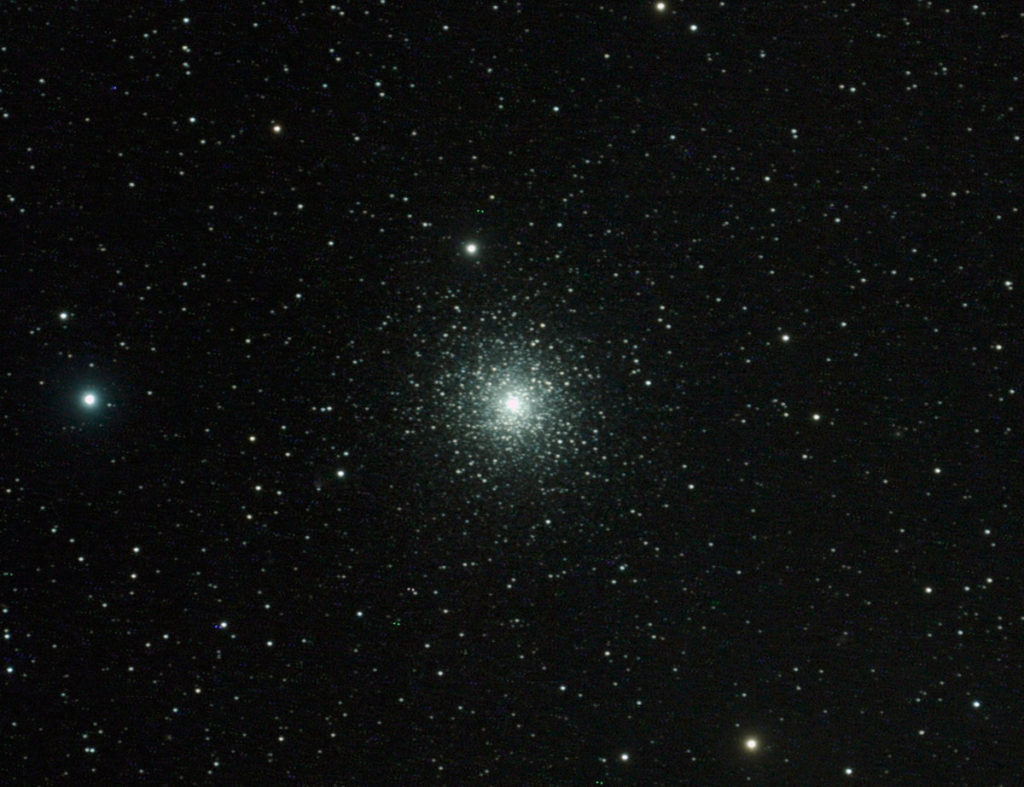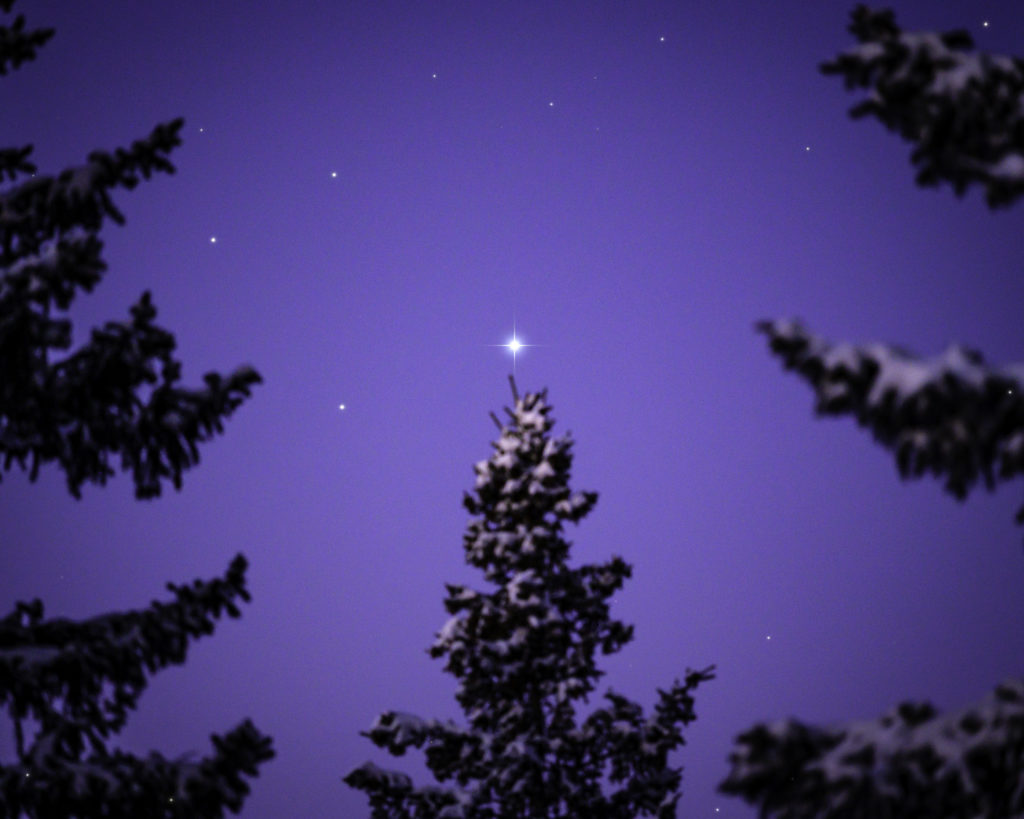
Look to the east of mighty Orion and you’ll see the constellation Monoceros, the Unicorn. While its stars are faint, Monoceros holds a small treasure chest of superb deep-sky sights for backyard stargazers. Perhaps the most striking is the Rosette Nebula, an achingly beautiful blossom of glowing gas and dust where new stars are forming. The Rosette is an immense nebula, some three times larger than the Orion Nebula and three times farther away. As you see in the image above by Terry Hancock, the nebula overlaps the star cluster NGC 2244 which has formed within the nebula and blown a bubble to give us a look inside. While hard to see the Rosette visually, even in large telescopes, the nebula is an excellent photographic target and the cluster is a superb sight [Read more…] about The Rosette Nebula
Share This:

